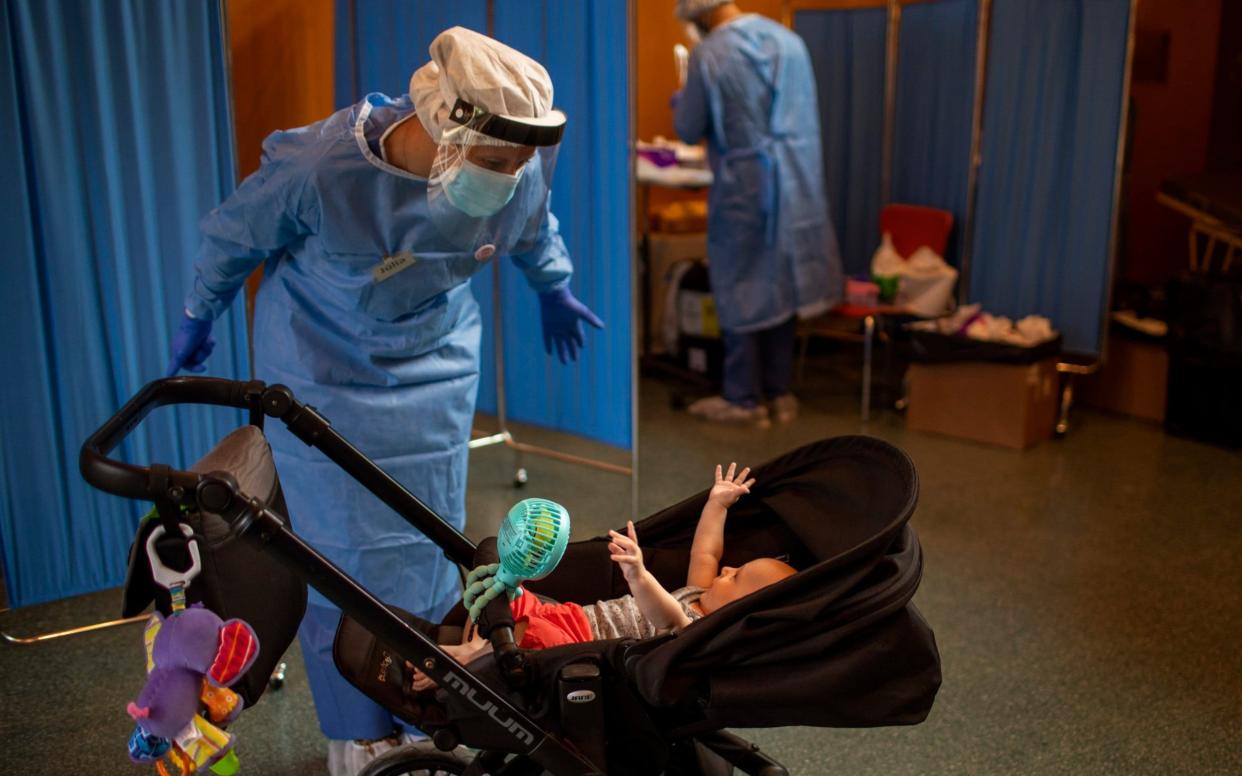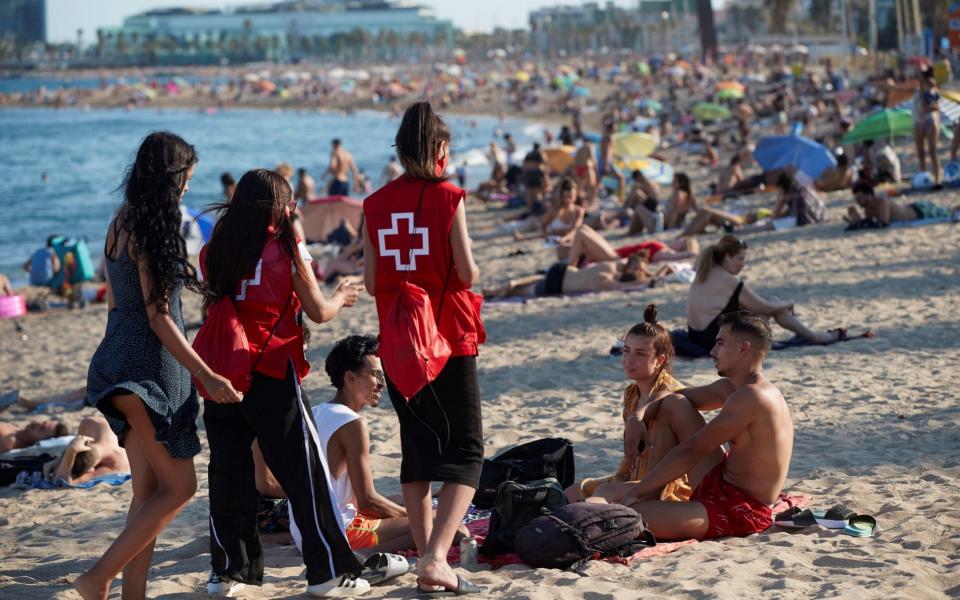How Spain lost control of coronavirus - again

Spain’s coronavirus lockdown was the strictest of all – and it worked.
Draconian rules that even banned children from going outside helped bring Europe’s fastest-moving outbreak of more than 1,000 deaths a day to a virtual standstill.
But less than two months after Spain’s state of emergency ended, the country is once again topping the European league of Covid-19 transmission, with the total caseload touching 323,000, ahead of the UK now.
On June 15, six days before the lockdown was lifted, Spain registered 40 new cases.
Over the past week, Spain is averaging 3,400 confirmed new cases per day.
The transmission rate currently stands at 90 active infections per 100,000 inhabitants, compared to France’s 29, 17 in the UK, 13 in Germany and just eight in Italy, whose initial epidemic was of a similar size to that of Spain.
What has gone so wrong?

Could it be that the very success of the three-month lockdown in squashing transmission and the arrival of warm summer weather as people were allowed back out onto the streets have created a false sense of security?
Ildefonso Hernández from Miguel Hernández University in Alicante believes this has indeed been the case.
“The level from which transmission was lowered was so high that it created a great sense of confidence, an attitude of ‘we’ve got this’,” the professor in public health told The Telegraph.
“There was a great hurry in the de-escalation, doubtless with an eye on the tourism sector,” said Joan Caylà, leader of the Tuberculosis Research Unit Foundation in Barcelona, which is currently devoting its efforts to studying Covid-19.
“The idea was that there would be few outbreaks in the summer heat and that they would arrive in autumn. But the outbreaks have come in the summer, coinciding with the holidays of part of the health system staff.”

While hospitals have not yet collapsed as occurred in the spring due to extra pressure from coronavirus, signs are worrying. The army is this week erecting an emergency field hospital in Zaragoza, a city where authorities have admitted that community transmission is occurring in “some neighbourhoods”.
Non-urgent operations are being cancelled elsewhere, amid fears of a return to the scenes of March and April, when hospital corridors massed with the unattended sick and regions such as Catalonia and Madrid gave out instructions not to admit certain categories of elderly patients.
One reason hospitals are so far coping is that 70 per cent of the new infections are among under-30s, many of whom are back partying in large outdoor drinking gatherings or in nightclubs, which - unlike elsewhere in Europe - remain open in most regions as authorities hope to bring in much-needed revenue from tourism and leisure after a second-quarter GDP drop of 18.5 per cent.

However, the steep rise in cases since the start of July has seen the country blacklisted for travel by more than 165 countries around the world. As well as the UK’s reinstatement of quarantine requirements for those returning from Spain, all major Schengen nations have issued restrictions or advice not to travel to the tourism-dependent nation.
As well as socialising, Prof Hernández also points out other key weaknesses that have allowed Covid-19 to seep back into broad circulation, including inadequate contact tracing and a national tendency for large social gatherings and late-night partying.
Madrid and Catalonia have just over 400 contact tracers between them for a combined population of more than 14 million, when the recommended ratio of 30 per 100,000 inhabitants would mean the number should be above 4,000.
In Aragon, chaotic management of seasonal fruit-pickers, most of whom are migrants, and a failure to enforce laws stipulating that growers and packers must provide accommodation has caused Spain’s worst outbreak with more than 500 cases per 100,000 inhabitants. More than 50 care homes for the elderly have registered cases in the past month in Aragon alone, despite instructions to improve health protocols after around 20,000 deaths were ascribed by Covid-19 in such institutions between March and May.
Prime Minister Pedro Sánchez’s lockdown rhetoric of “victorious spirit” now seems forgotten as some of the country’s largest regions flounder in the face of a fast-approaching second wave.
Fernando Simón, the Spanish health ministry’s stoical Covid-19 spokesman, accepted on Monday that an independent audit of the country's coronavirus response was necessary.
Hi admission follows a letter from 20 leading Spanish scientists published in The Lancet last week calling for an independent evaluation.
The open letter makes the point that although the Spanish government’s official Covid death toll stands at just over 28,500, excess deaths for the last five months are at 44,000.
The authors ask why a country with one of the highest-ranked health systems in the world has one of the worst per capita coronavirus death tolls, and posit a series of potential avenues to explore such as a lack of preparedness, slow decision-making processes, high levels of mobility and migration, an ageing population and health and social inequalities exacerbated by a decade of austerity policies.

After acknowledging the letter, Mr Simón pleaded with Spaniards to limit their social interactions but with the end of lockdown emergency laws, Spain’s national government handed powers on handling the crisis back to regions, and seems incapable of imposing a uniform response.
Prof Hernández believes it may already be too late.
He says the current situation in Spain is “worrying” and that time is running out to stave off what could be a devastating second wave in the autumn.
“As long as cases are rising because we haven’t got the R rate under one, we have to think that a second wave is on the way. We don’t have much time to react. It’s vital that we enter September with good numbers in order to face up to all the changes we will need to make in our routines.”

